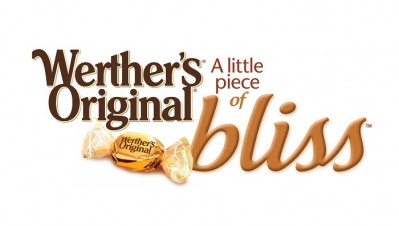Investing in the Future of Food: Balance empathy & tension to break free from the ‘giant sea of sameness’
At the Partnership for a Healthier America’s Summit in Chicago last week, Fred Hart, who is the creative director and a partner at the branding and packaging agency Interact Boulder, explained that many of the characteristics of storytelling on which recent break-out brands relied are no longer differentiators.
Rather, he advised attendees during his workshop at the Summit that to capture consumers’ attention they need memorable branding that goes beyond the basics of what the product is or does.
“From an origin story, how many times do we hear, ‘I wanted to create a food that was natural and organic for my family,’ or do something for my kid. And it is not that any of those things are untrue, but [they] are no longer differentiators. A lot of these founder stories sound the same,” Hart said.
To make matters more difficult, the closer to nature the products become, the closer they also come to being commodities, he added.
To break free of these tropes, Hart says entrepreneurs need to create a visual component that is instantly recognizable and can be described in just a few words, such as how a teal box with a bow evokes Tiffany’s.
Use tension to grab attention
Once brands have captured consumers’ attention, Hart said, they need to keep it through storytelling that imbued with empathy and tension.
“A good story holds attention. It seeks engagement,” he said, explaining that the formula for a story is “one part empathy and one part tension.”
The empathy allows a brand to understand the audience and the tension keeps them engaged.
Diving deeper, he explained, tension comes in three main categories: contrast, revelation and expression. Often, companies will pull from two categories and those that go for contrast should do so carefully so as not to offend.
When to rebrand
Young companies that find they unintentionally broke one or more of these guidelines and are suffering the consequences can course correct by rebranding, which is not something to be undertaken lightly but as Hart points out it is not the end of the world either.
“Rebrands aren’t the worst thing, if your rebrand is a result of you learning a lot,” Hart said.
He explained young companies can be well served by engaging with consumers intensely for a year and the reevaluating if their brand matches consumers’ needs and perceptions. If it doesn’t, it is best to change course early and “reset your entire company trajectory for the better.”











